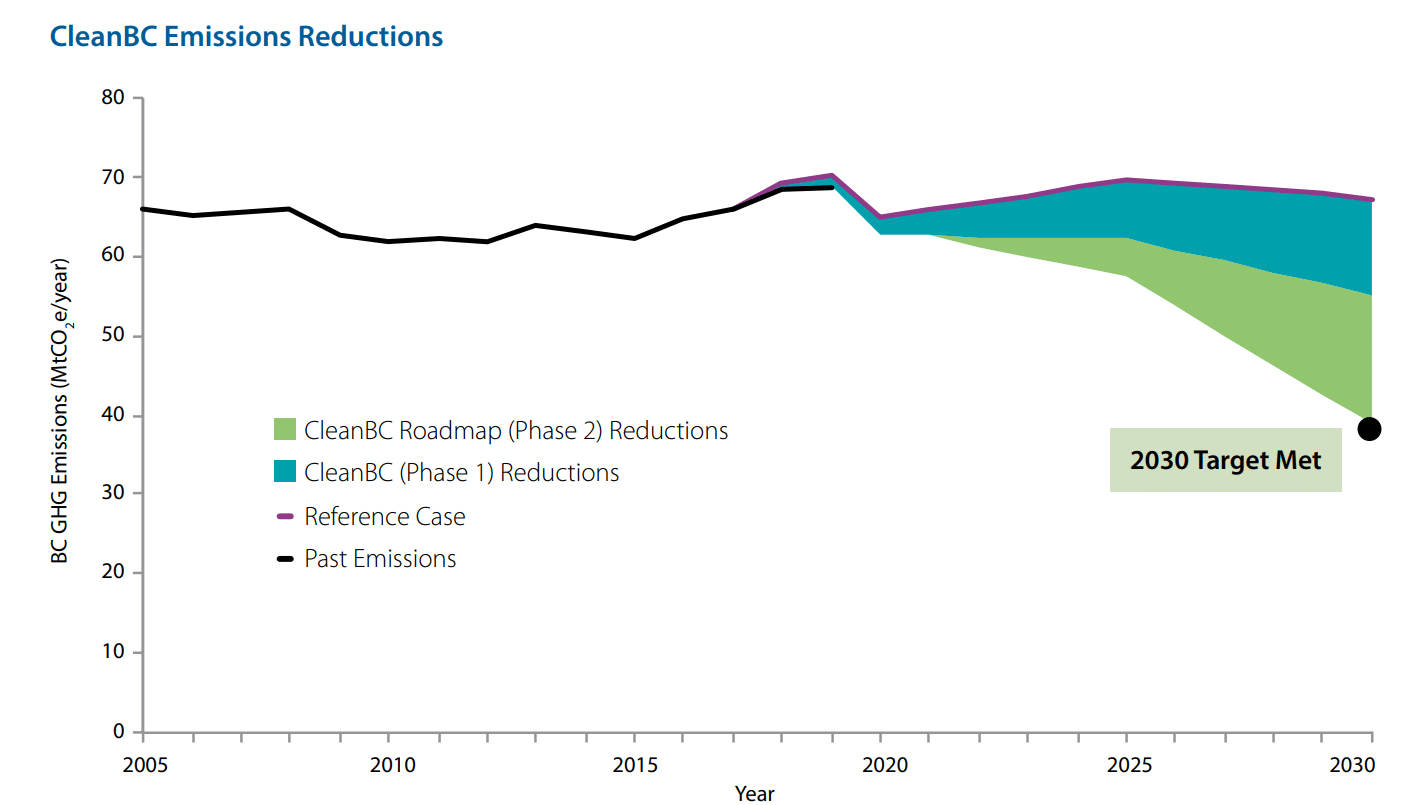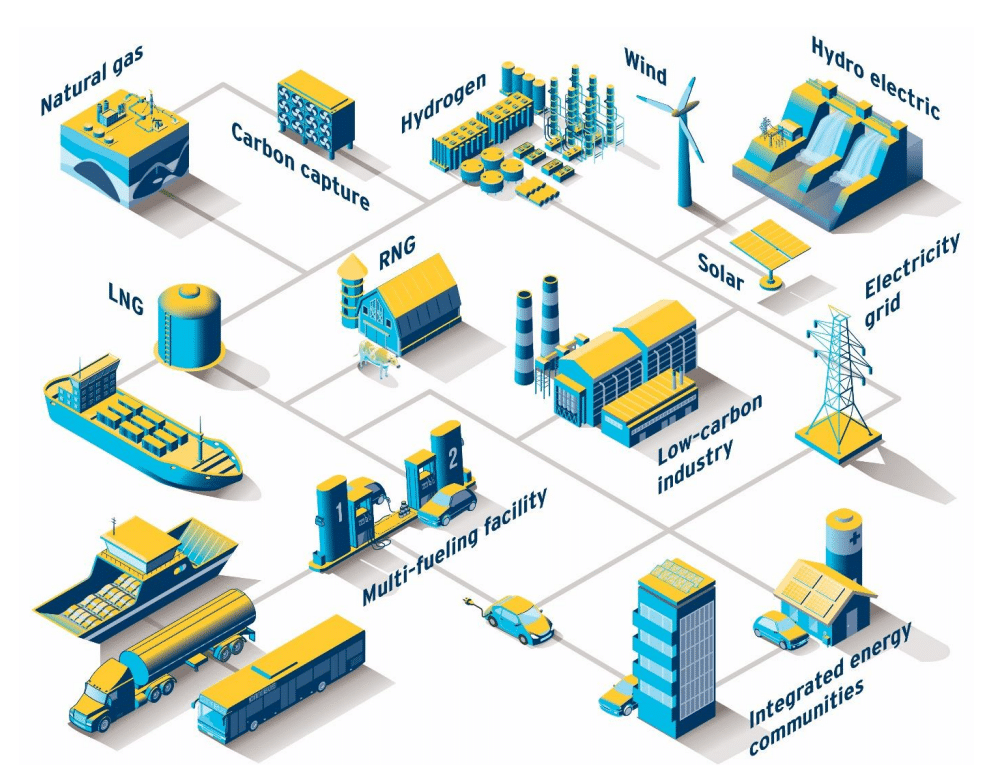FortisBC Launches $50 Million Energy Retrofit Pilot to Cut Old Homes’ Emissions
FortisBC Launches $50 Million Energy Retrofit Pilot to Cut Old Homes' Emissions CarbonCredits.com


Retrofitting BC’s Aging Homes
FortisBC Energy Inc. (FortisBC) has initiated a massive $50 million pilot project, with plans of investing up to $700 million, aimed at reducing energy consumption in older homes and multifamily housing units across British Columbia. This endeavor is crucial for achieving the province’s climate action objectives.
FortisBC partners with Metro Vancouver Housing and residents from the Lower Mainland and Southern Interior regions. The company has enrolled 20 single-family homes and 4 apartment buildings in a deep energy retrofit pilot program.
Deep energy retrofits involve extensive, whole-home upgrades designed to cut energy use by at least half.
Retrofitting BC’s Aging Homes
Buildings contribute to carbon emissions, representing 15% of global emissions while responsible for about 40% of global energy-related emissions. In the U.S, they account for over 30% of all GHG emissions.
Buildings comprise slightly over 10% of British Columbia’s GHG emissions. In response, the Province of B.C. has established a target of reducing GHG emissions in the building and communities sector to 59% to 64% of 2007 levels by 2030.

However, addressing this goal is particularly challenging with older homes and apartment buildings. That’s because many were built before energy efficiency standards were implemented in the National Energy Code for Buildings in 1997.
Given that a significant number of these buildings will remain in use until 2050, deep energy retrofits are necessary to meet these emission reduction targets.
George V. Harvie, Chair of the Metro Vancouver Board of Directors, echoed the importance of reducing emissions from buildings. He noted that it’s one of the main ways that they will reach their goal of becoming a carbon-neutral region by 2050.
Metro Vancouver Housing ambitiously aims to cut emissions from buildings by 45% compared to 2010 levels over the next decade. Partnering with FortisBC on deep energy retrofit projects provides an opportunity to explore and implement new technologies to enhance energy efficiency, reduce GHGs, and improve the resilience and comfort of buildings for tenants.
FortisBC’s Bold Initiative Pioneers Energy Efficiency
Throughout the multi-year pilot study, FortisBC will assess the energy savings, customer satisfaction, and overall costs associated with each phase. The insights gained from this initiative will be invaluable for industry stakeholders, policymakers, and FortisBC itself.
They will inform strategies to ensure older housing units can meet the evolving needs of residents as the province progresses towards a net zero future.
Joe Mazza, Vice President of Energy Supply and Resource Development at FortisBC, emphasized the significance of this initiative, stating:
“To our knowledge, this is the largest targeted, real-world study of deep energy-efficiency upgrades in B.C. homes, and the information will be invaluable to us and others looking to transform energy use.”
By identifying the most effective approaches to significantly reduce energy consumption in older homes, FortisBC aims to mitigate emissions and help customers save on energy expenses.
The company commits to advancing energy efficiency as a cornerstone of its efforts to lead the clean energy transformation in the province.
By focusing on more intricate energy-efficiency opportunities, the company aims to assist customers in achieving the necessary GHG emissions reductions outlined in its Clean Growth Pathway to 2050 and in alignment with the province’s CleanBC plan.

Transforming Homes for a Sustainable Future
As FortisBC evolves its energy-efficiency programs, it will undertake deeper energy retrofit
SDGs, Targets, and Indicators
1. Which SDGs are addressed or connected to the issues highlighted in the article?
- SDG 7: Affordable and Clean Energy
- SDG 11: Sustainable Cities and Communities
- SDG 13: Climate Action
2. What specific targets under those SDGs can be identified based on the article’s content?
- SDG 7.3: By 2030, double the global rate of improvement in energy efficiency.
- SDG 11.6: By 2030, reduce the adverse per capita environmental impact of cities, including by paying special attention to air quality and municipal and other waste management.
- SDG 13.2: Integrate climate change measures into national policies, strategies, and planning.
3. Are there any indicators mentioned or implied in the article that can be used to measure progress towards the identified targets?
- Energy savings: The article mentions that FortisBC will assess the energy savings associated with each phase of the pilot project.
- Customer satisfaction: FortisBC will also evaluate customer satisfaction as part of the pilot study.
- Costs: The overall costs associated with the deep energy retrofit projects will be assessed to determine their feasibility and affordability.
- GHG emissions reduction: The article mentions specific GHG emissions reduction targets for Metro Vancouver Housing’s projects, such as a 66% reduction in GHG emissions for the Manor House project.
- Energy usage reduction: The article states that the Manor House project is expected to reduce energy usage by 56%.
SDGs, Targets, and Indicators Table
| SDGs | Targets | Indicators |
|---|---|---|
| SDG 7: Affordable and Clean Energy | SDG 7.3: By 2030, double the global rate of improvement in energy efficiency. | – Energy savings – Customer satisfaction – Costs |
| SDG 11: Sustainable Cities and Communities | SDG 11.6: By 2030, reduce the adverse per capita environmental impact of cities, including by paying special attention to air quality and municipal and other waste management. | – GHG emissions reduction – Energy usage reduction |
| SDG 13: Climate Action | SDG 13.2: Integrate climate change measures into national policies, strategies, and planning. | – GHG emissions reduction |
Behold! This splendid article springs forth from the wellspring of knowledge, shaped by a wondrous proprietary AI technology that delved into a vast ocean of data, illuminating the path towards the Sustainable Development Goals. Remember that all rights are reserved by SDG Investors LLC, empowering us to champion progress together.
Source: carboncredits.com

Join us, as fellow seekers of change, on a transformative journey at https://sdgtalks.ai/welcome, where you can become a member and actively contribute to shaping a brighter future.







